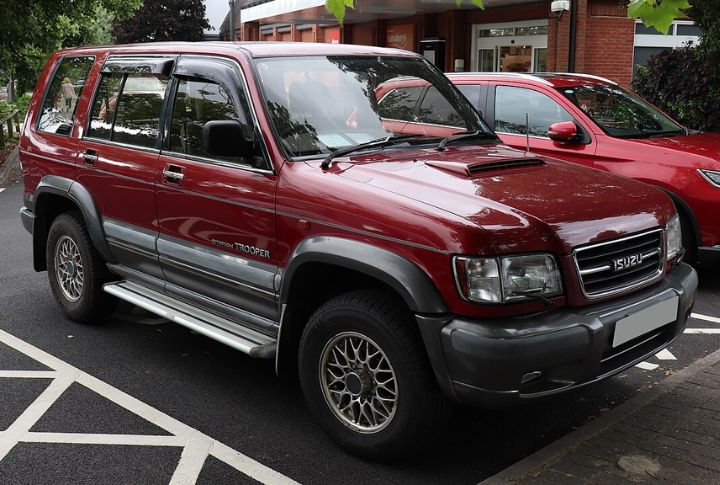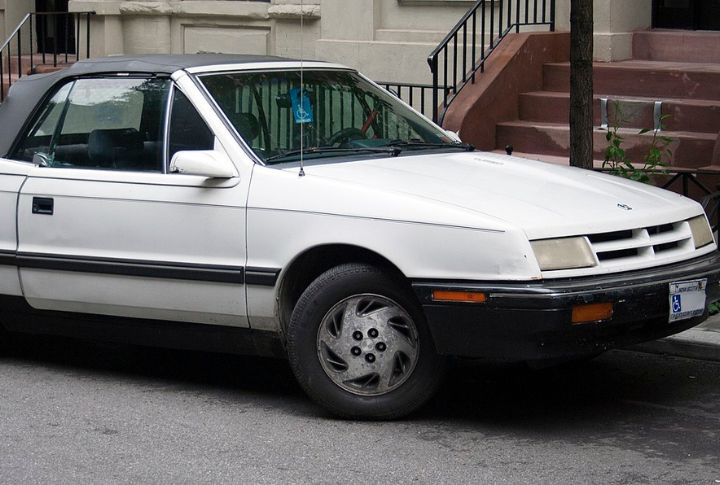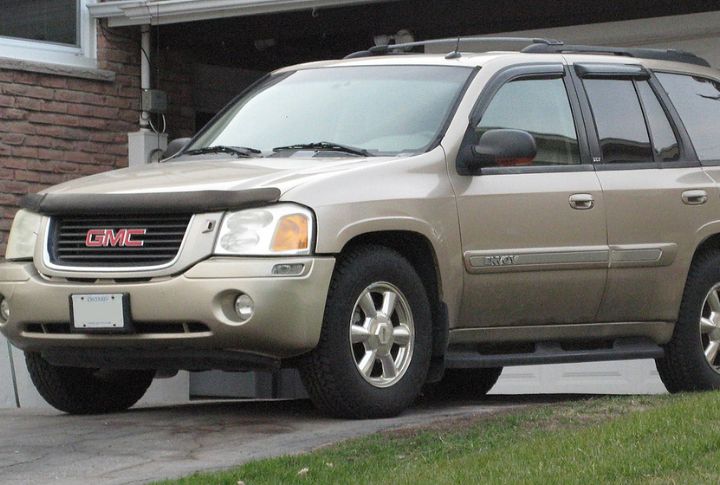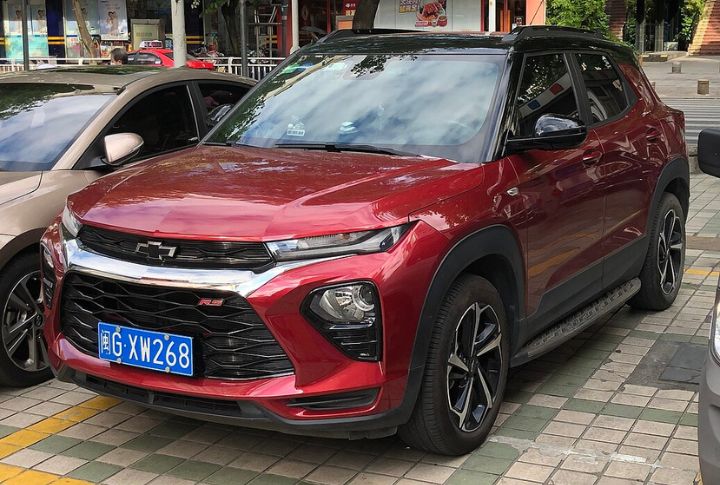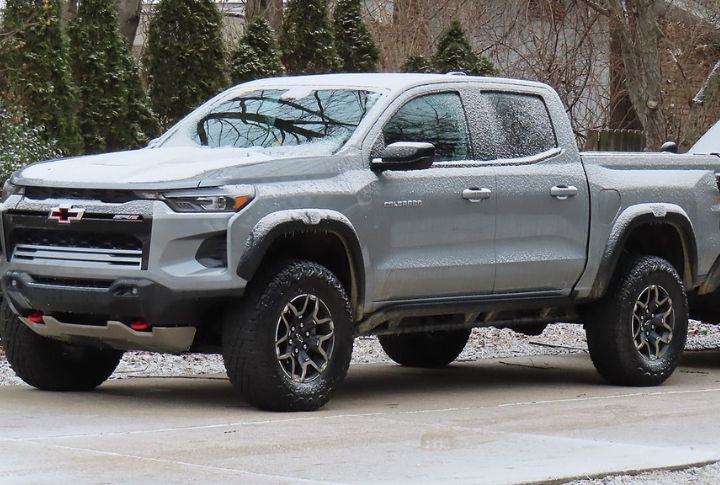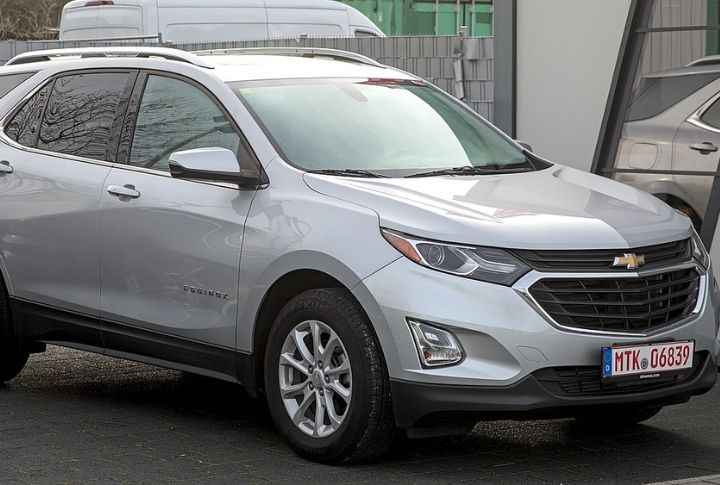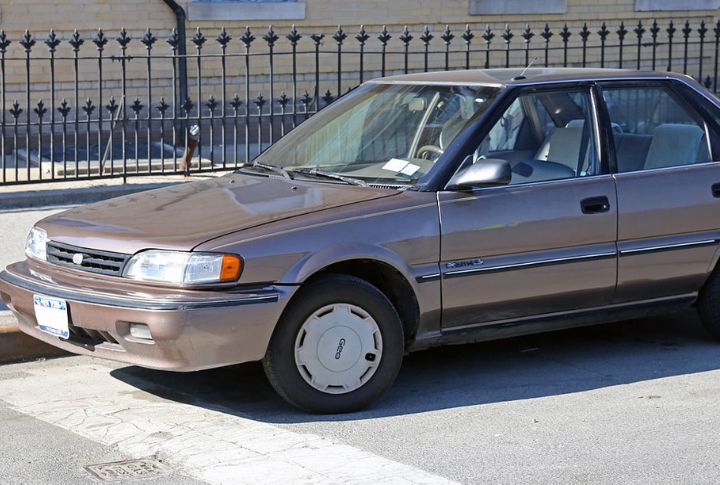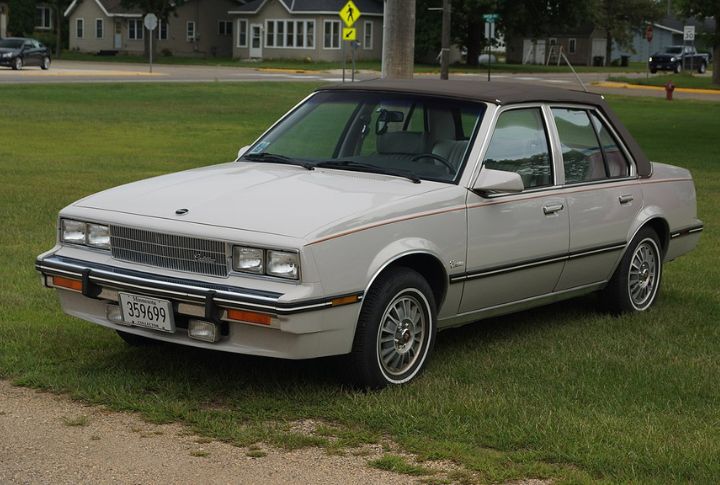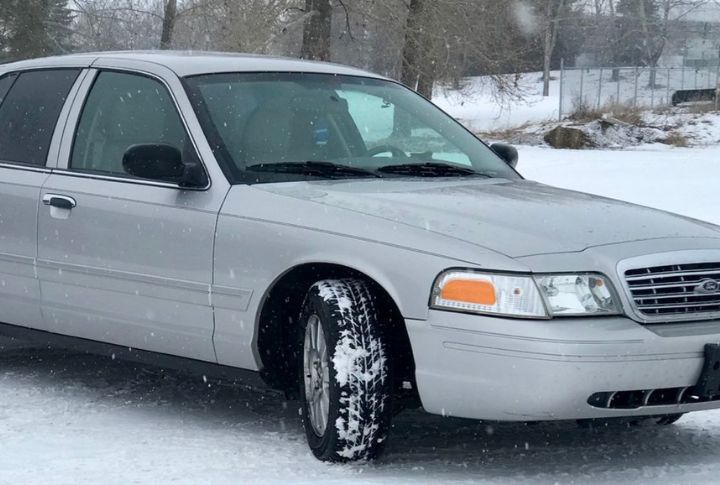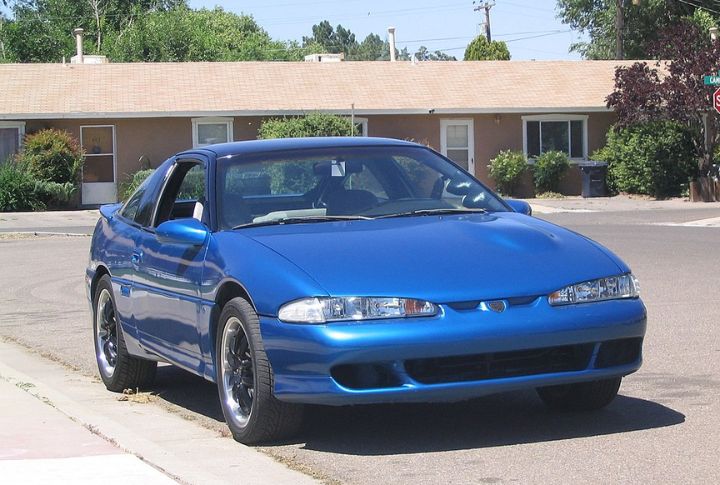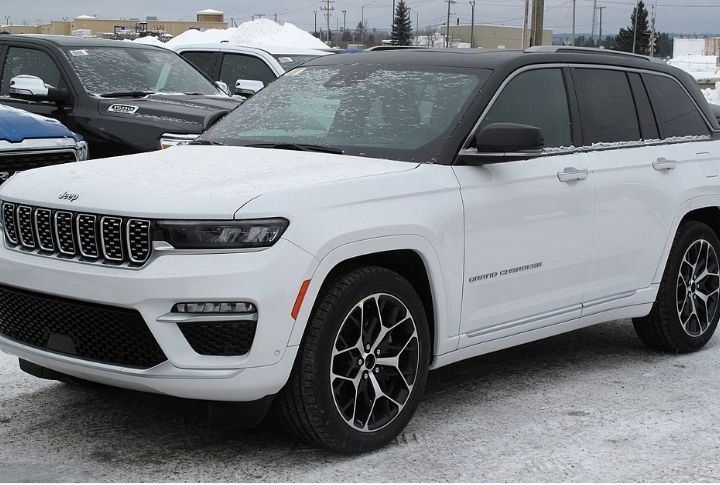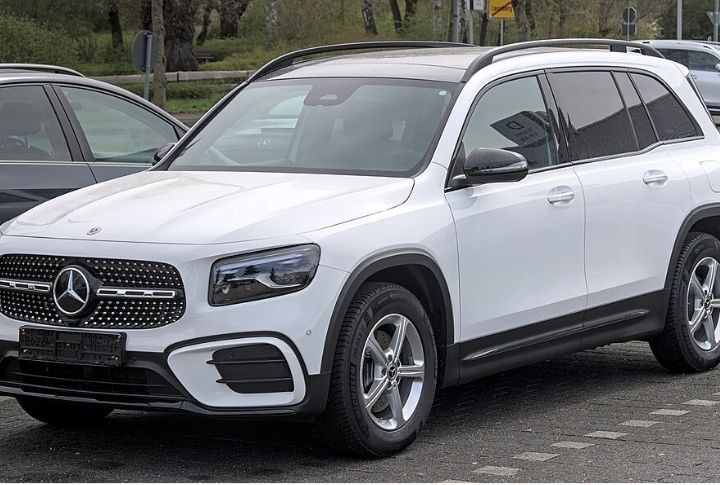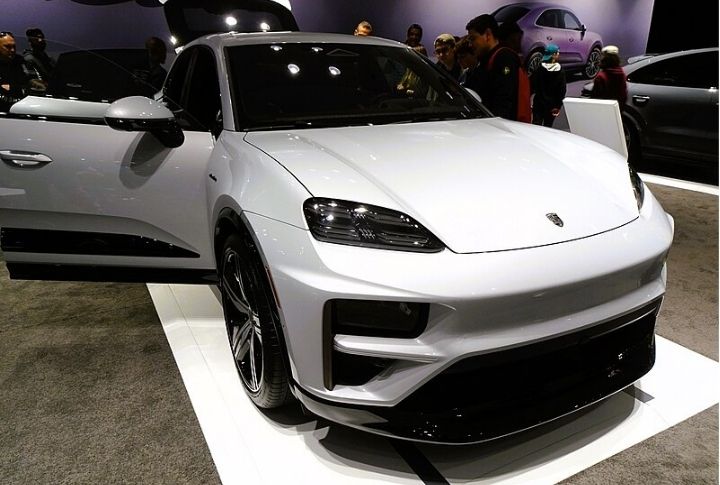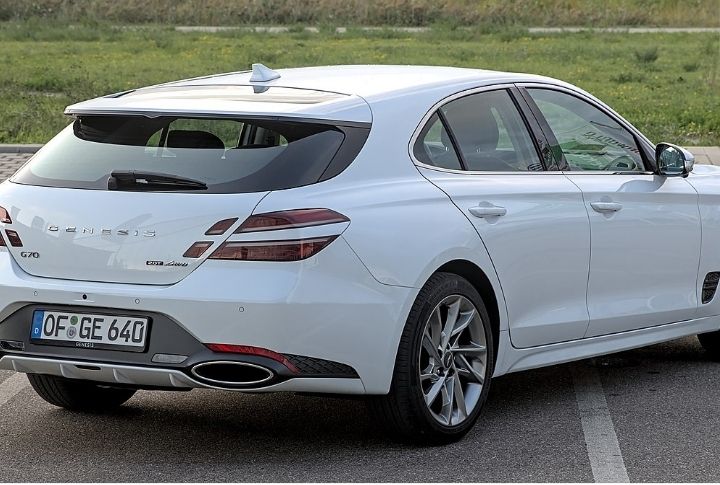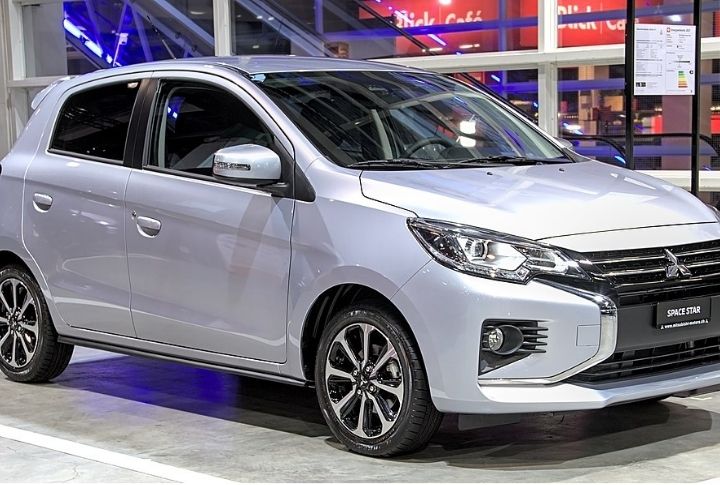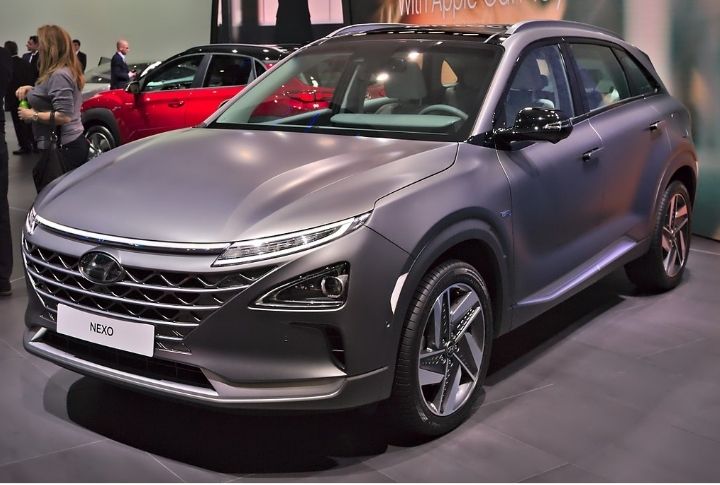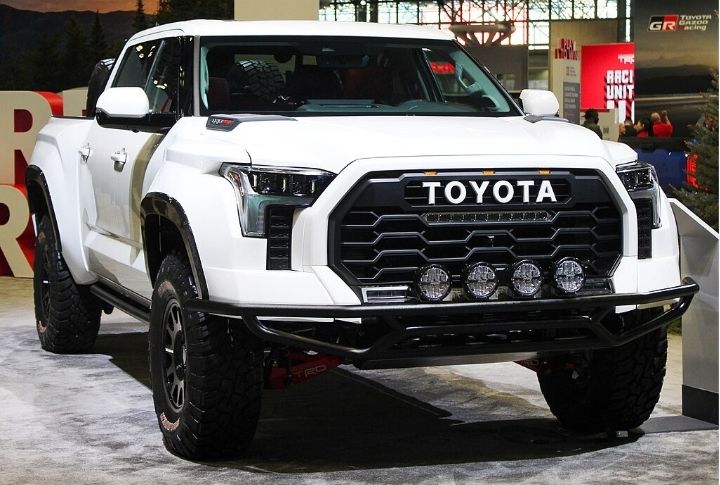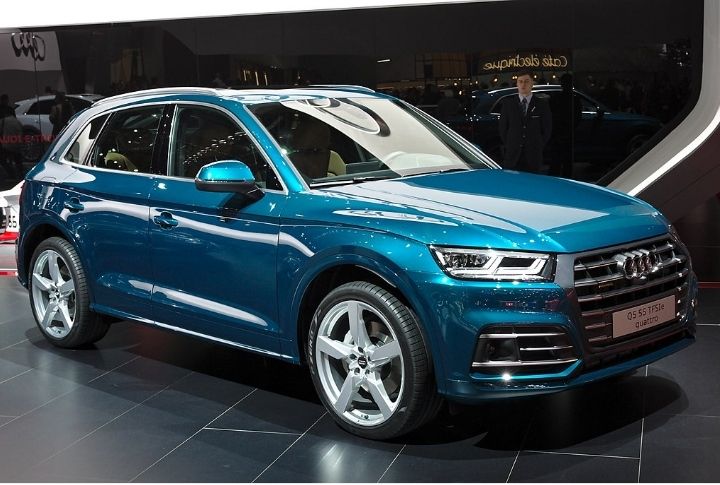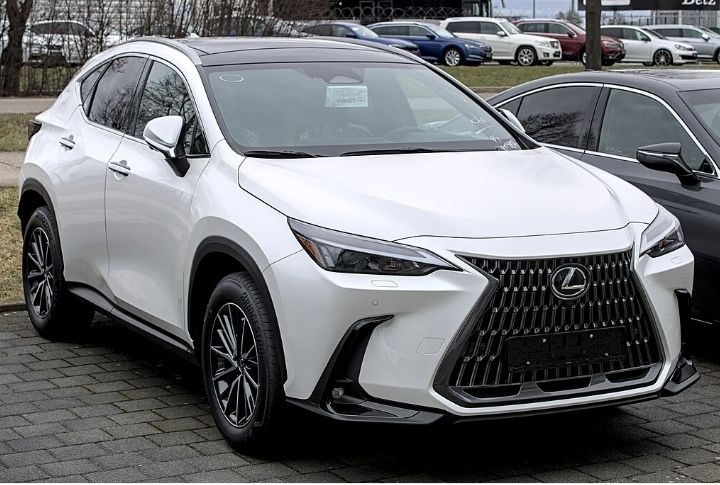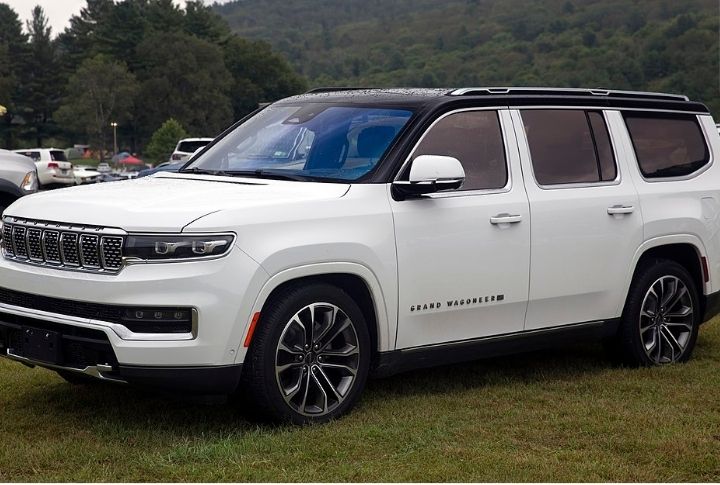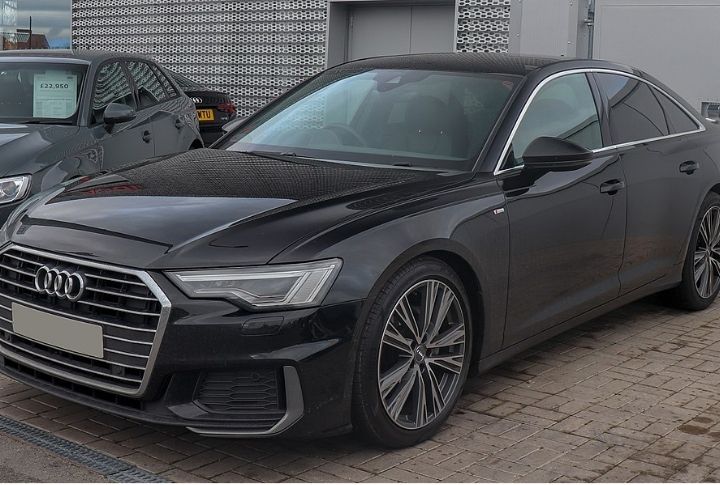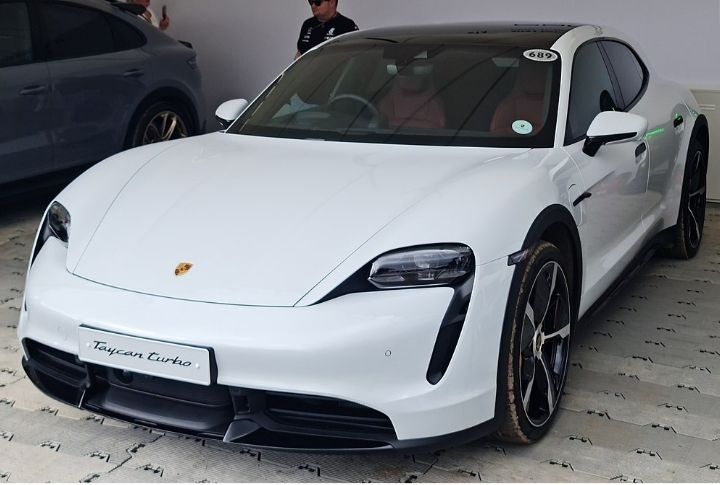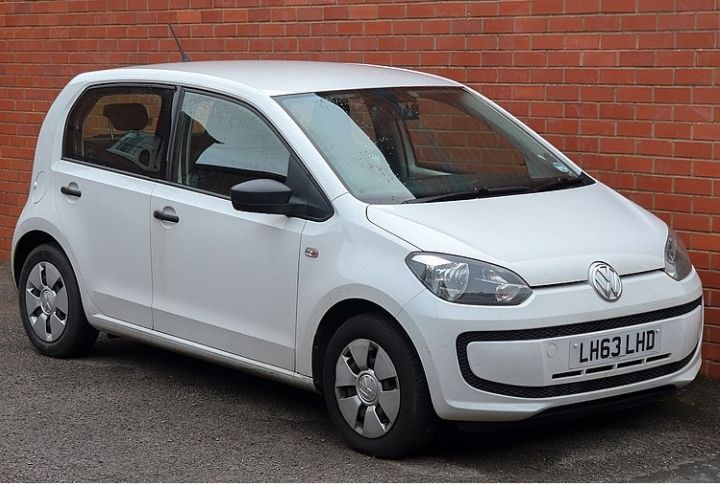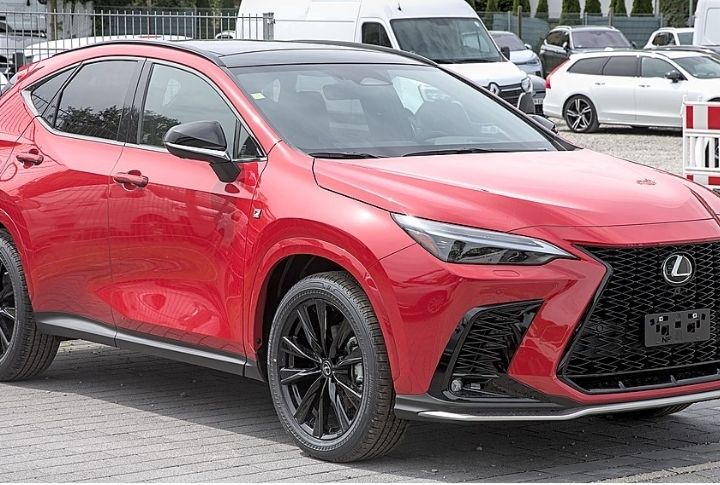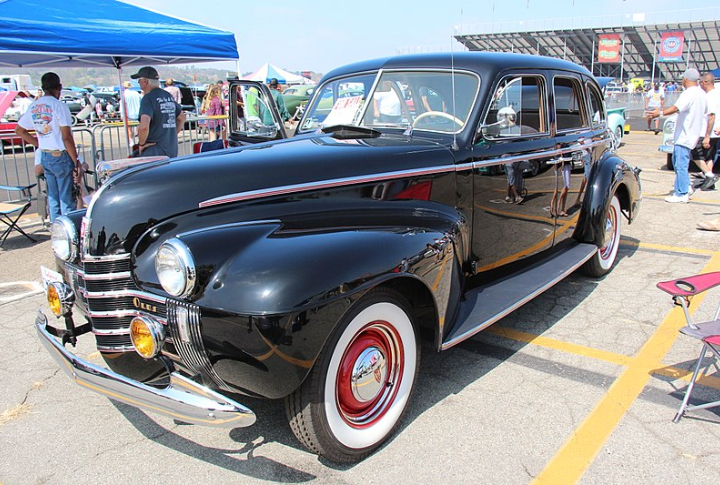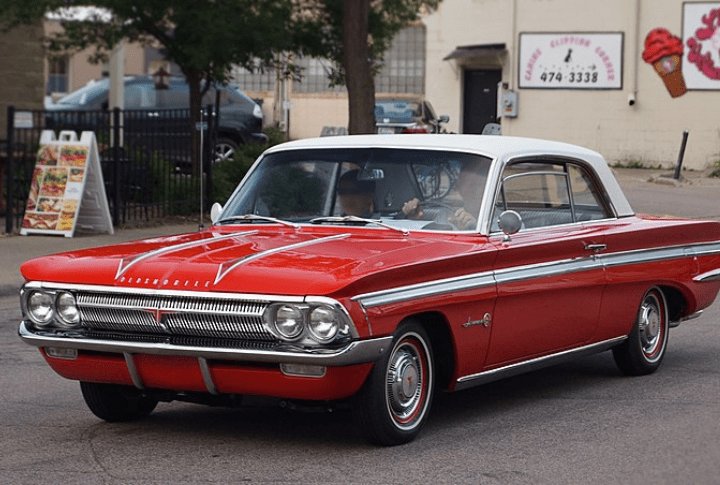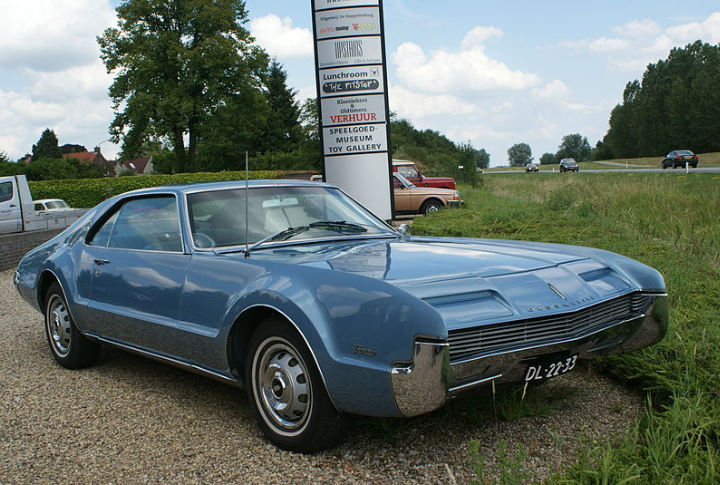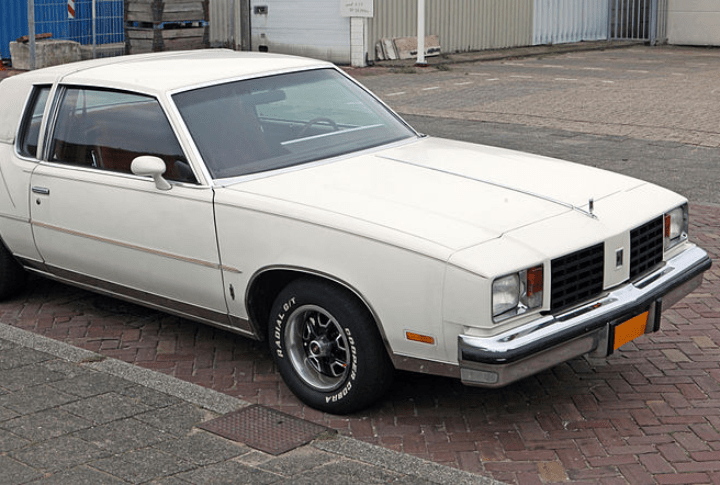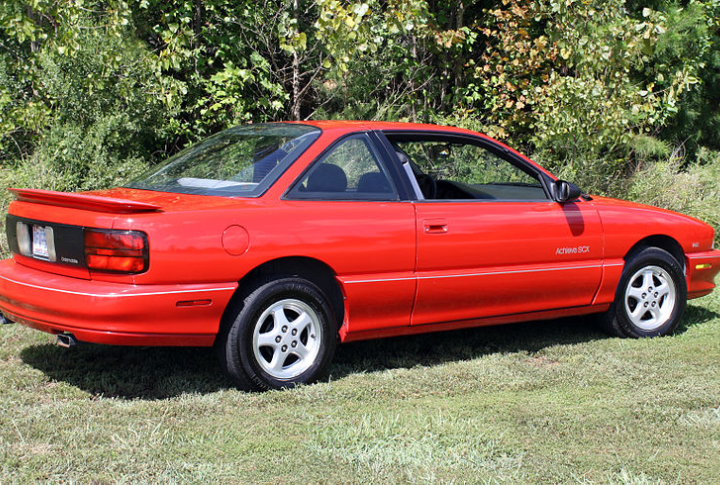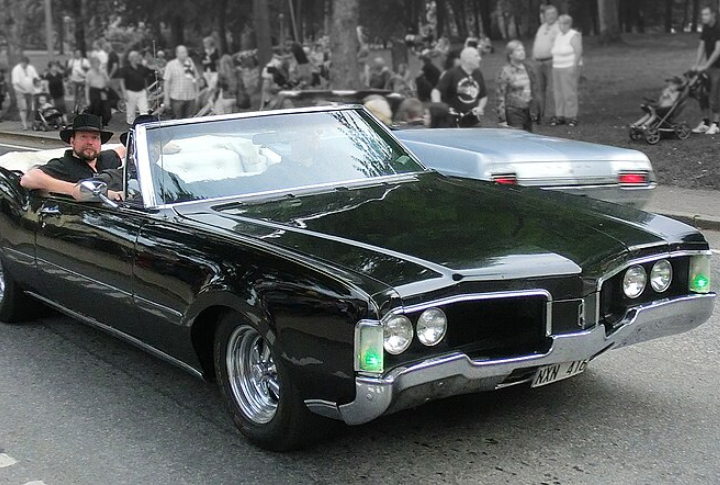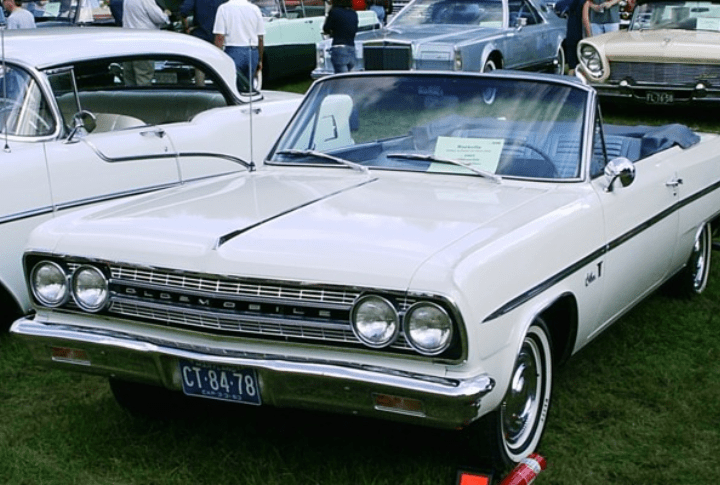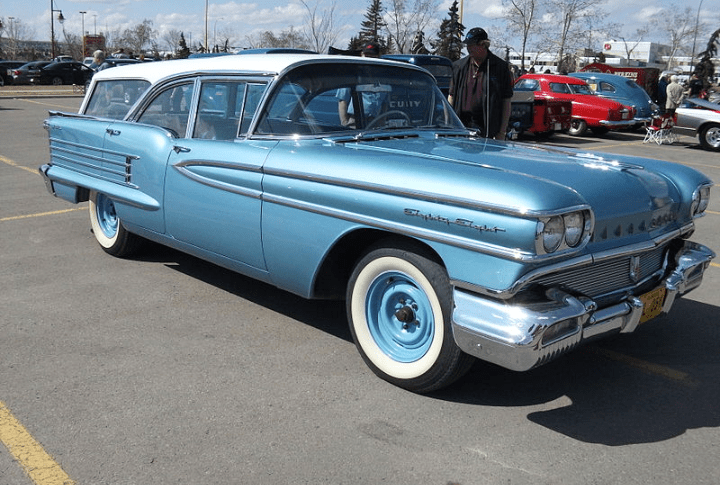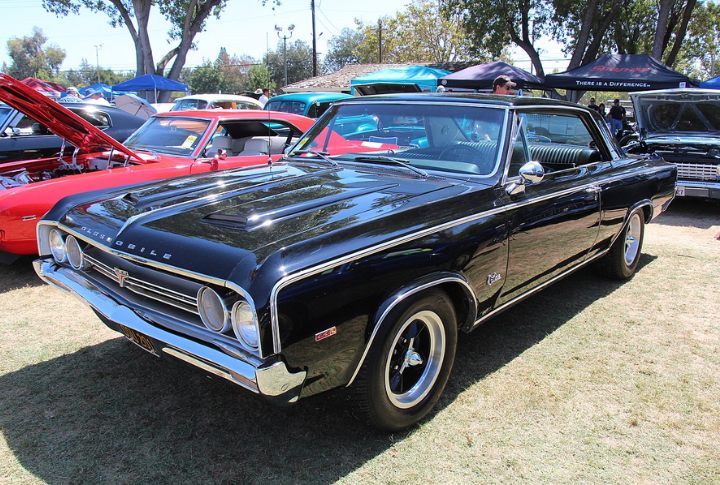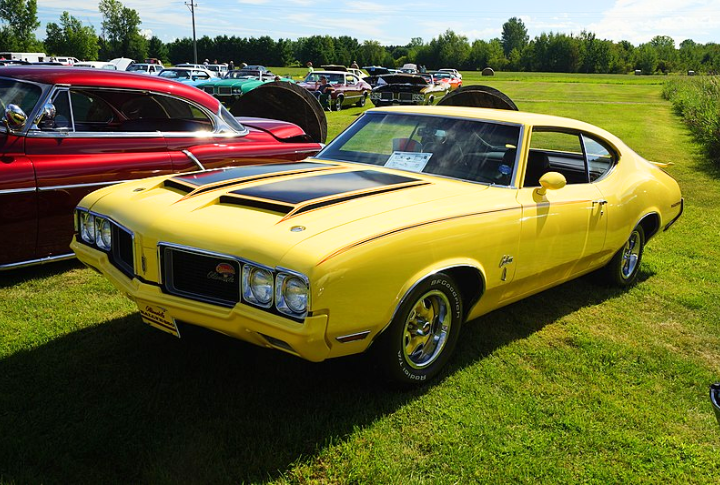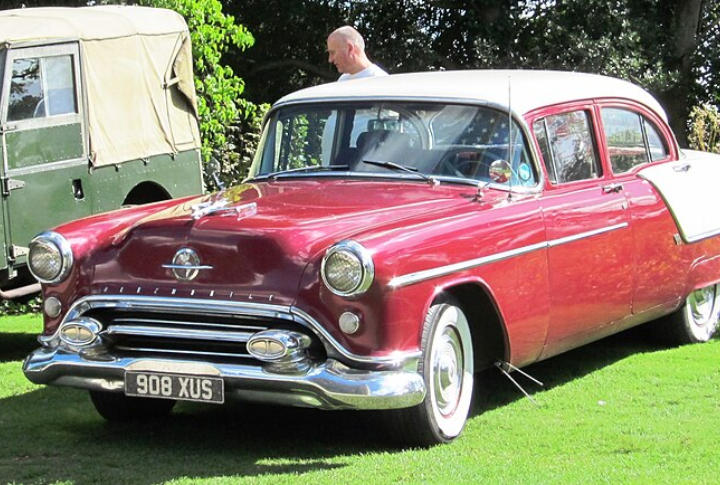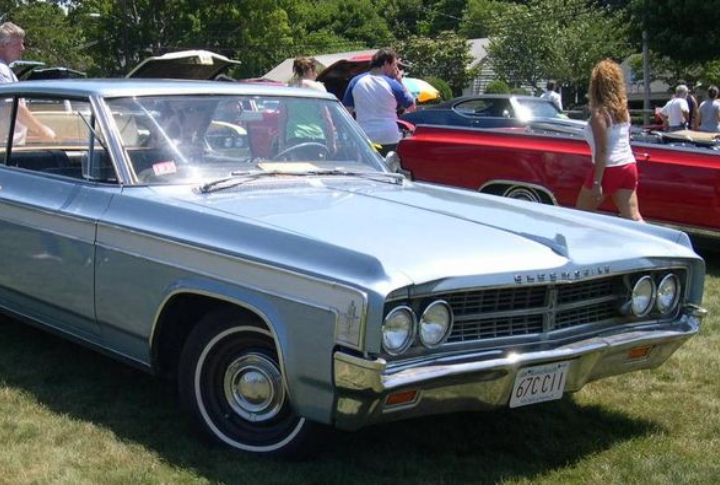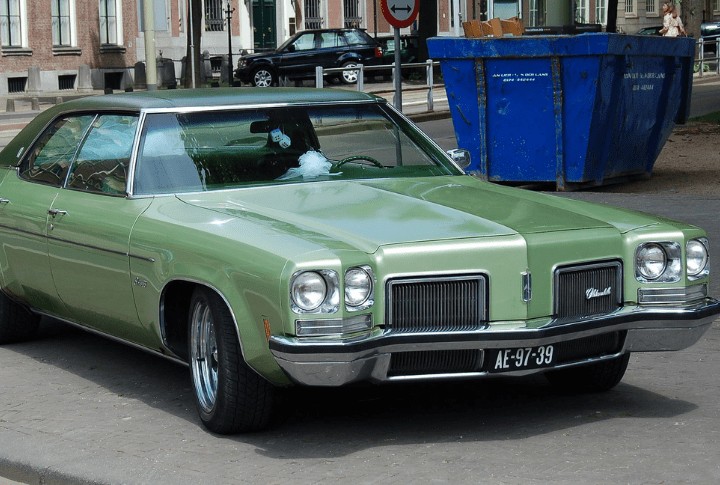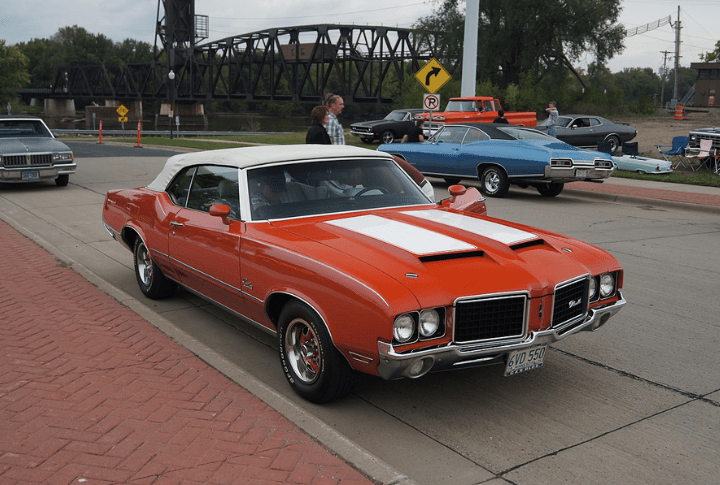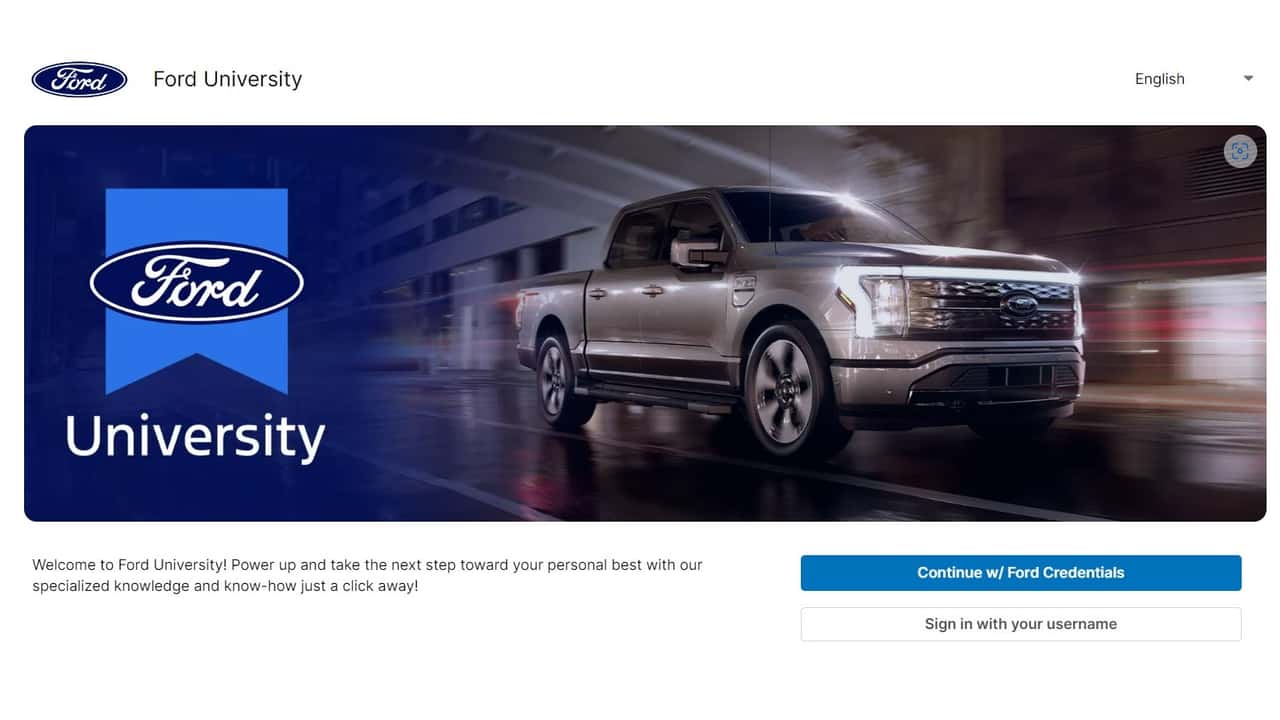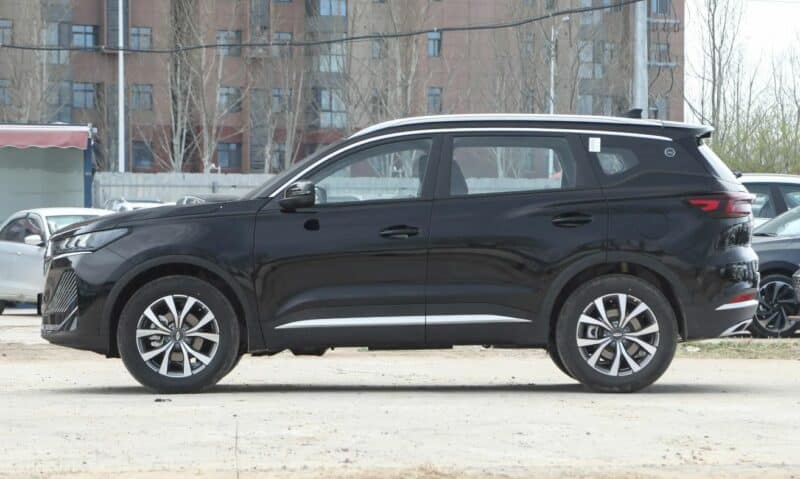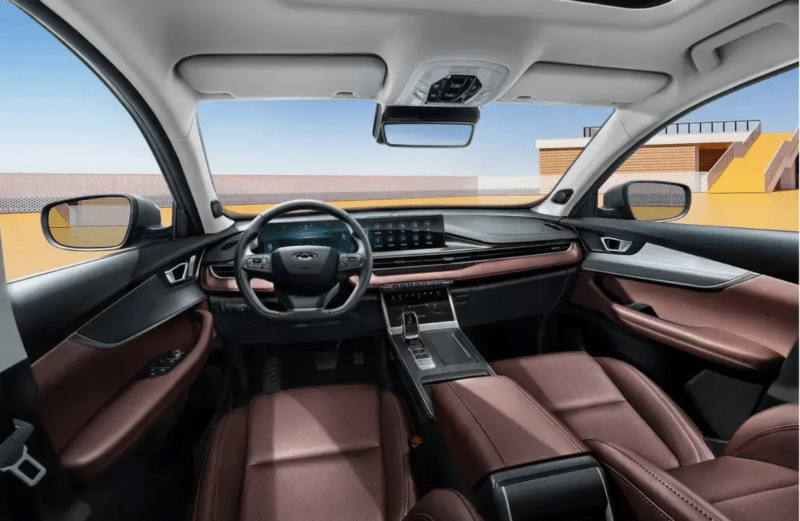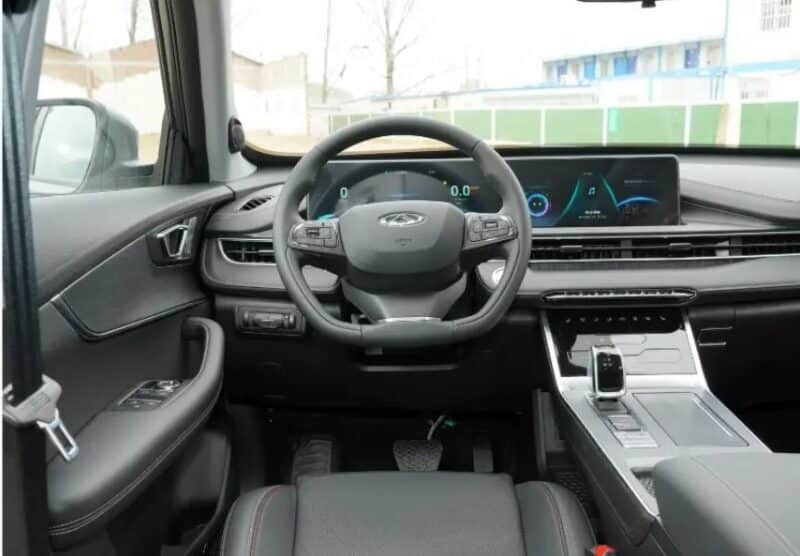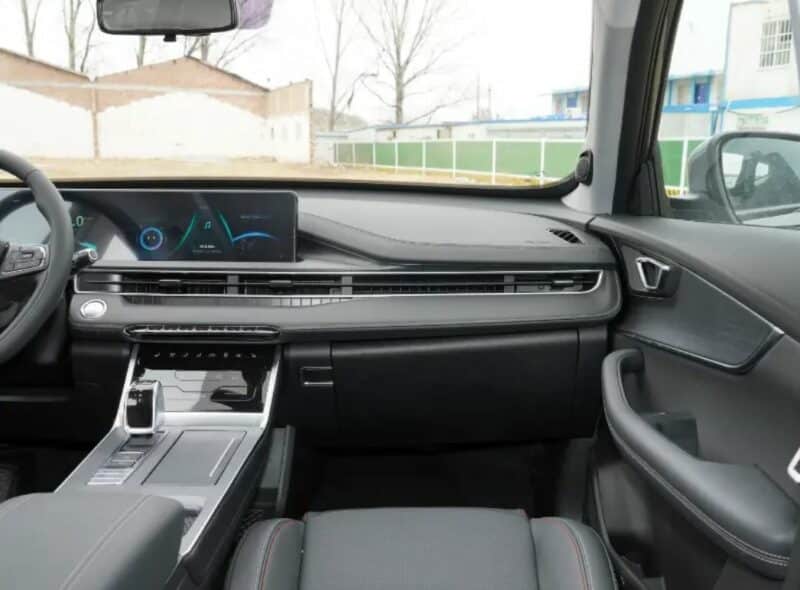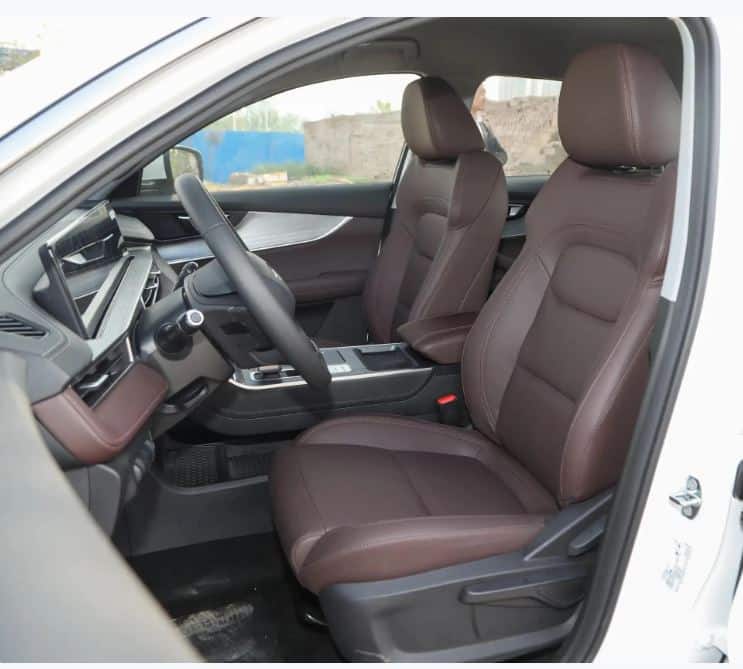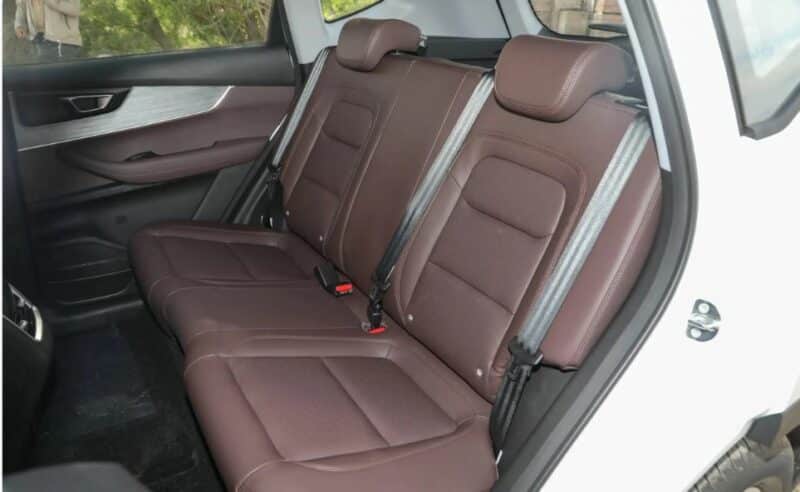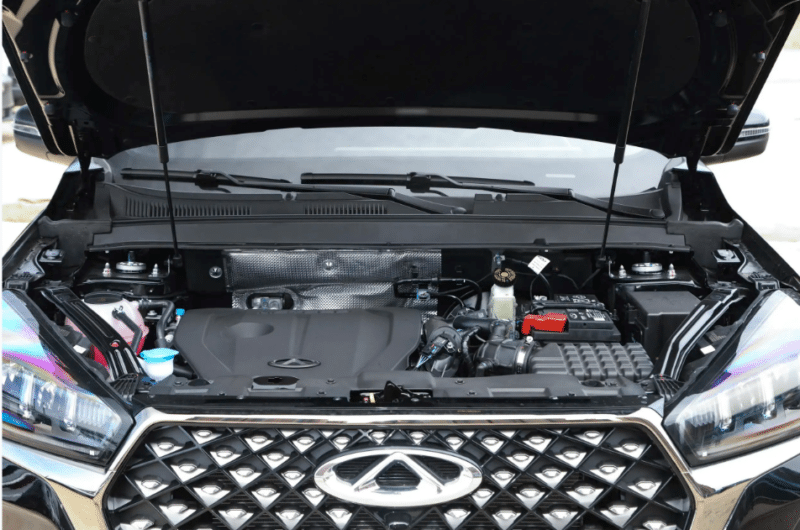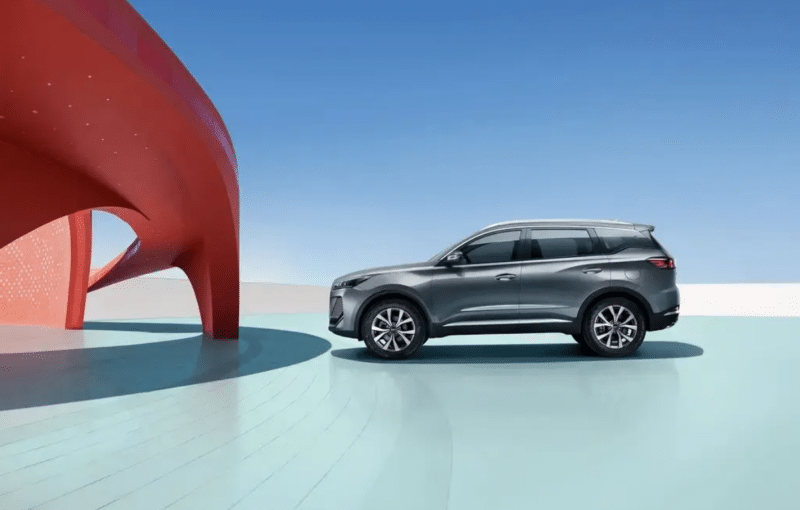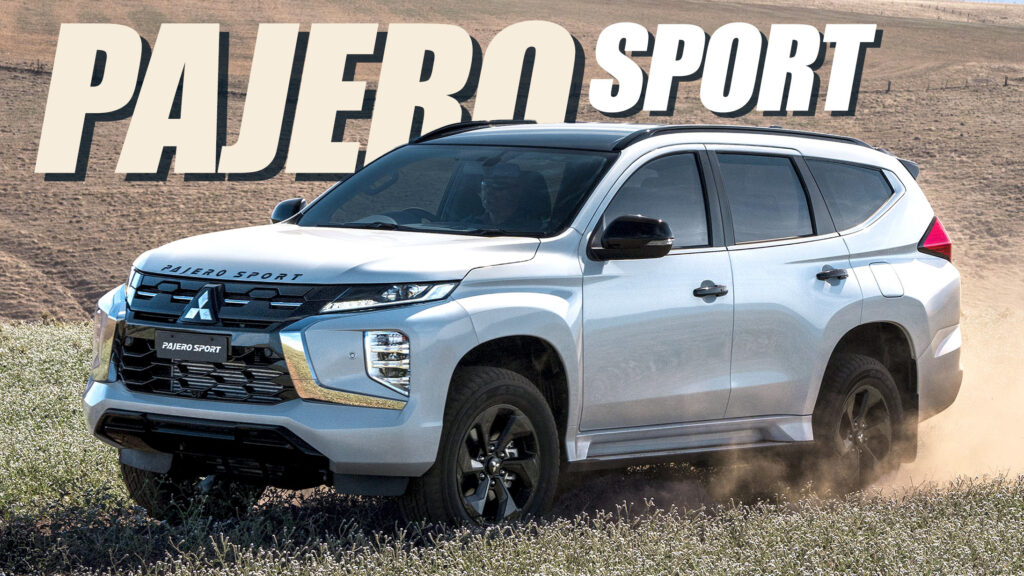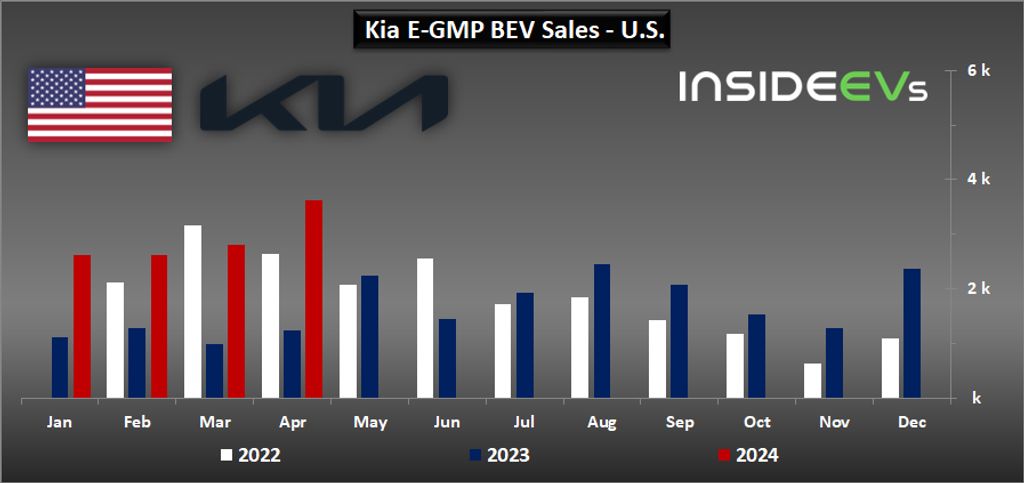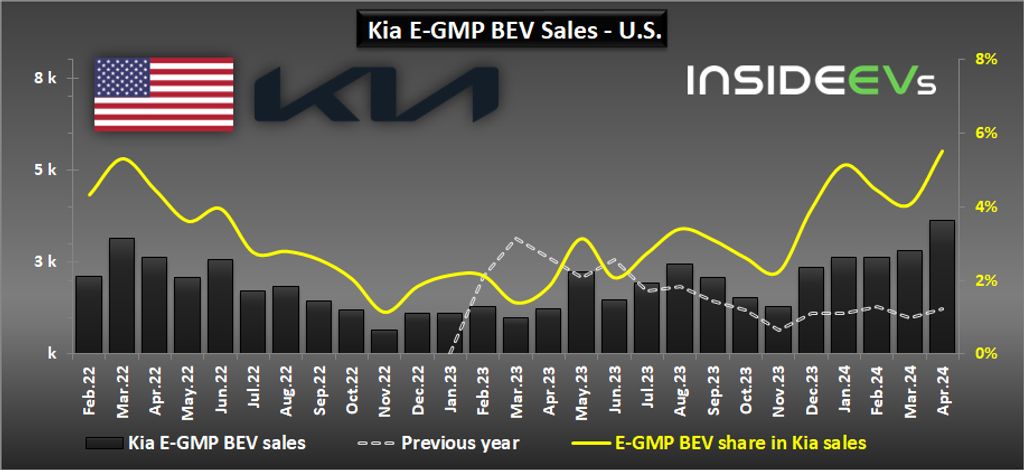Electric cars have become immensely popular due to technological advancements and growing environmental concerns. However, some drivers are still hesitant to switch to EVs, citing a few legitimate fears. In this context, let’s explore why some people say no to electric vehicles.
High Initial Cost

In addition to the increased cost of the vehicles, EVs often require specialized home charging equipment, which can add to the upfront investment. Moreover, while EVs generally have lower operating costs over time due to cheaper electricity than gasoline, budget-conscious consumers may hesitate to switch due to this upfront investment.
Limited Model Options
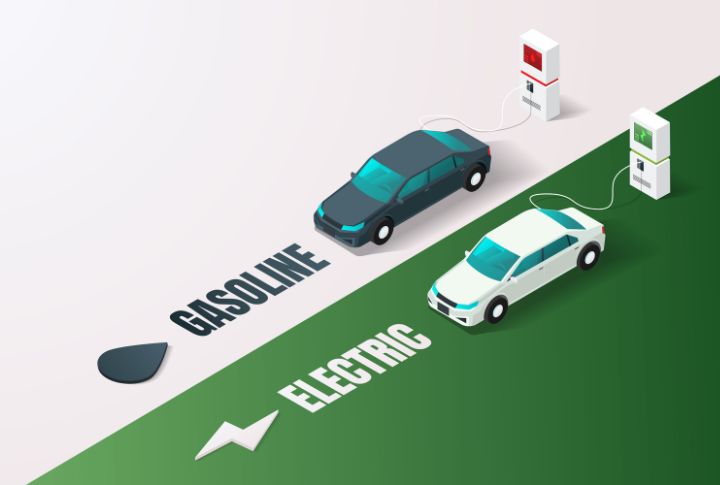
As the electric car market grows, the number of available versions also expands. However, compared to gasoline-powered rides, some drivers still perceive the available options for electric cars as somewhat restricted. Also, certain features or specifications that drivers are familiar with in ordinary automobiles may not yet be widely obtainable in electric models.
Long Charging Times
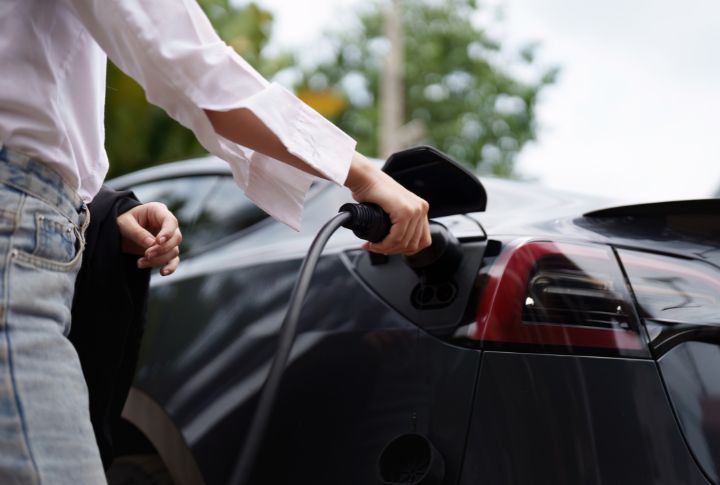
Charging an EV, even at fast-charging stations, can be inconvenient because it requires significantly longer charging times than a gasoline car’s quick refueling time. This discrepancy can be particularly burdensome for drivers managing busy schedules, as the need for extended charging sessions can disrupt daily routines and plans, potentially leading to delays.
Limited Charging Infrastructure
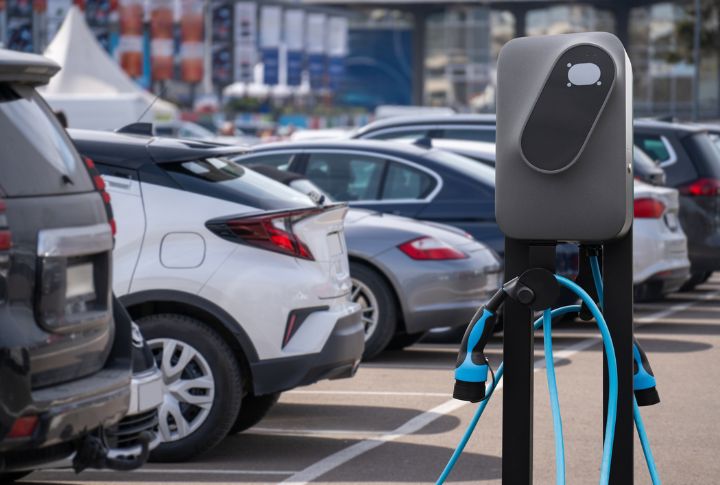
In numerous regions worldwide, charging stations are scarce, and drivers find this inconvenient, especially during long-distance travel. Furthermore, insufficient charging sites impede the transition towards cleaner transportation and hampers efforts to reduce greenhouse gas emissions. Addressing this issue requires substantial investment in expanding charging networks, collaborating with governments and private stakeholders, and implementing innovative solutions.
Home Charging Constraints
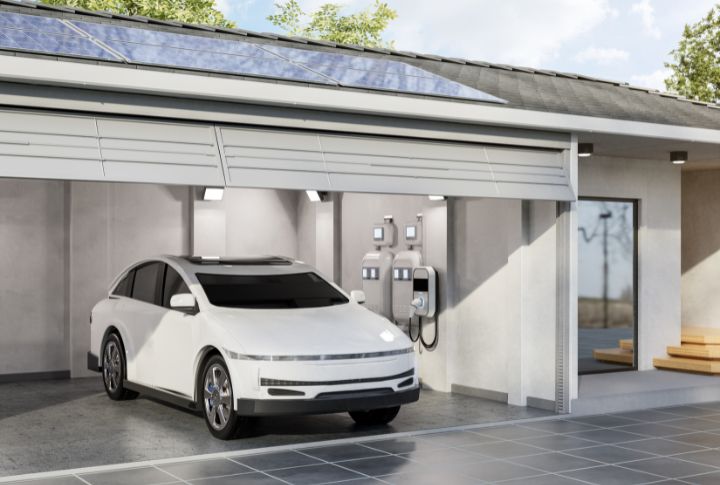
Not all drivers can access the ideal home charging setup, such as a garage with a dedicated charging station. Parking may also be limited in urban areas or apartment complexes, and installing charging infrastructure can be challenging due to regulations or space constraints. Additionally, renters may face obstacles in getting permission from landlords to install chargers.
Insufficient Battery Capacity
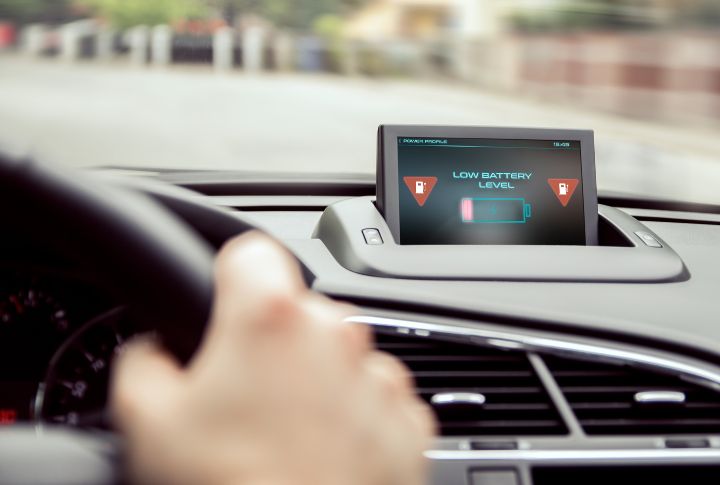
Another reason people avoid EVs is the insufficient and sometimes unreliable battery capacities. As a result, users fear running out of battery charge before getting to the nearest charging station. This apprehension is particularly true for individuals who frequently embark on long-distance journeys, where access to charging setups may be uncertain.
Concerns About Battery Life
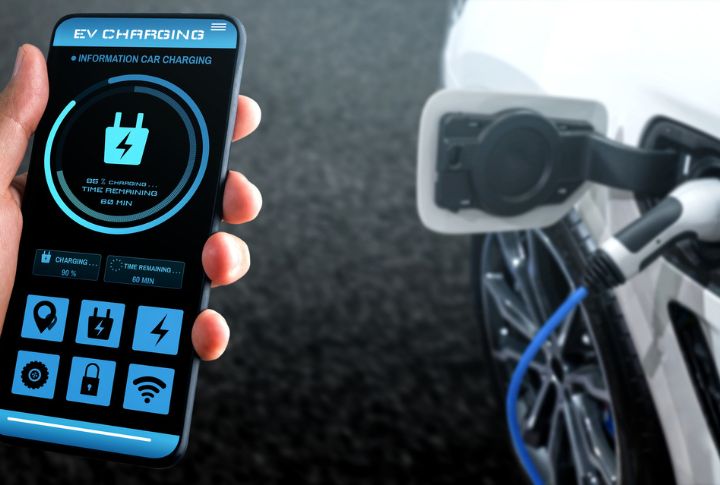
Concerns about battery life in electric cars extend beyond their lifespan and replacement costs. Factors such as degradation over time, influenced by temperature, charging habits, and driving patterns, play vital roles. Additionally, the environmental implications of battery production, recycling, and disposal further contribute to the discourse surrounding electric vehicle sustainability.
Environmental Impact of Battery Production

The environmental effects of producing batteries for EVs extend beyond manufacturing. It encompasses extracting raw materials like lithium, cobalt, and nickel, which often involves environmentally damaging mining practices. Additionally, the refinement and processing of these minerals require significant energy inputs, contributing to greenhouse gas emissions and exacerbating climate change.
Cold Weather Performance

Electric car batteries are less efficient at low temperatures due to slower chemical reactions. This inefficiency can reduce the automobile’s range as the battery struggles to maintain optimal output. Moreover, heating systems to keep the cabin warm further drain the battery, exacerbating the issue.
High-Temperature Performance
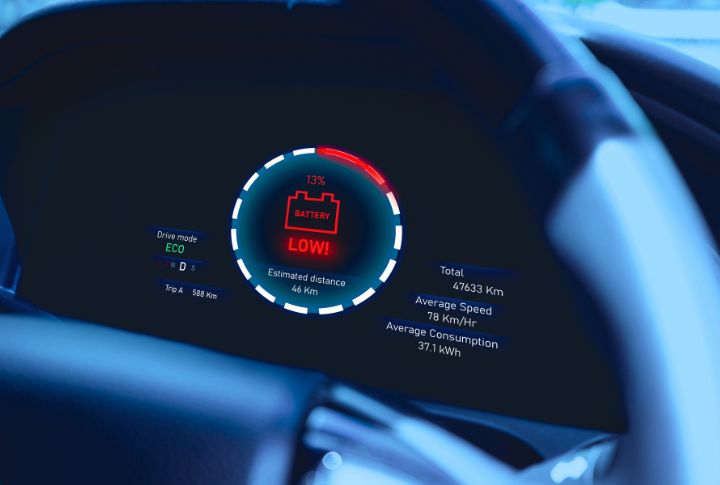
In extreme heat, battery performance may degrade faster due to increased energy consumption for cooling systems. This increased power usage also leads to lesser travel distance and a frequent need for charging. These limitations restrict the usability of EVs in tropical areas, necessitating further advancements in battery technology.
Perceived Lack of Power

Despite their remarkable acceleration capabilities, some drivers still consider electric cars to lack the visceral power and delivery commonly associated with traditional combustion engines. This perception stems from limitations on travel distance, charging infrastructure, and the overall driving experience, which may not match that of a gasoline-powered vehicle.
Lack of Familiarity with EV

Many drivers are used to the convenience and familiarity of traditional gasoline-powered cars. They understand how gas stations work, the range they can expect from a gas tank, and the ease of refueling on long trips. Switching to EVs may seem daunting because it involves learning new applications and adapting to different driving experiences.
Incompatibility with Lifestyle

Drivers who frequently tow heavy loads, engage in off-road activities, or require large cargo capacities may find the current offerings of EVs unsuitable. Electric cars often struggle with towing heavy loads due to limitations in battery life and power delivery, lack traditional automobiles’ ruggedness and off-road capabilities, and may not offer sufficient cargo space.
Depreciation

The depreciation rate for electric cars revolves around factors like battery degradation. Potential buyers may hesitate to invest in EVs because they fear the car’s resale value could plummet as the battery ages and loses capacity. This concern intensifies due to the rapid improvements in battery life, which could render current models obsolete sooner than anticipated.
Uncertainty About Future Technology
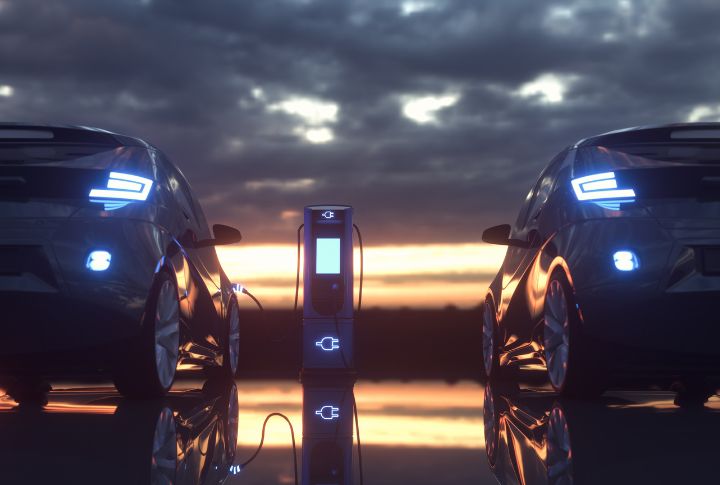
The rate of advancements in EV technology causes fears that newly purchased versions could swiftly become outdated, rendering them less efficient or desirable compared to newer models. This uncertainty may prompt consumers to weigh their options carefully, considering factors such as the longevity of current systems and the potential for future upgrades or obsolescence.

